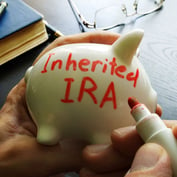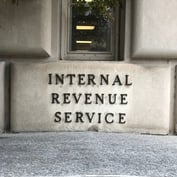Distributions from IRA accounts often appear to be simple — and they can be — but they also can be surprisingly complex.
I recently asked Denise Appleby with Appleby Retirement Consulting Inc. in Grayson, Georgia about the most common distribution errors she encounters.
Missing the NUA opportunity
Rolling over a 401(k) account to an IRA is generally a simple process. Clients fill out the required paperwork, the plan administrator processes the request and the funds transfer directly to the new account.
But if the client holds employer stock in his or her 401(k), that stock might present an opportunity to use the net unrealized appreciation (NUA) calculation; overlooking the NUA option can be an expensive error.
NUA is the difference between the stock’s current market value and the value when it was allocated to the account, assuming there is appreciation, of course. The treatment is available only as part of a lump sum distribution paid within one taxable year and rolling over the stock to an IRA eliminates the NUA opportunity.
Here’s a quick example: The client retires at age 65 with a $500,000 lump sum distribution that includes $200,000 (current value) of employer stock. The stock was worth $75,000 when it was allocated to her account. If she rolls the entire amount into an IRA, all future distributions will be taxed at the applicable ordinary income rate.
In an NUA strategy, she would roll the $300,000 to an IRA but take the employer shares as a distribution. The $75,000 will be taxed as ordinary income, but the remaining $125,000 will be taxed at long-term capital gains rates when she sells. The rates-differential could result in substantial tax savings so it makes sense to consider NUA treatment when it’s available before rolling over the entire account.








 April 10, 2015 at 09:26 AM
April 10, 2015 at 09:26 AM










